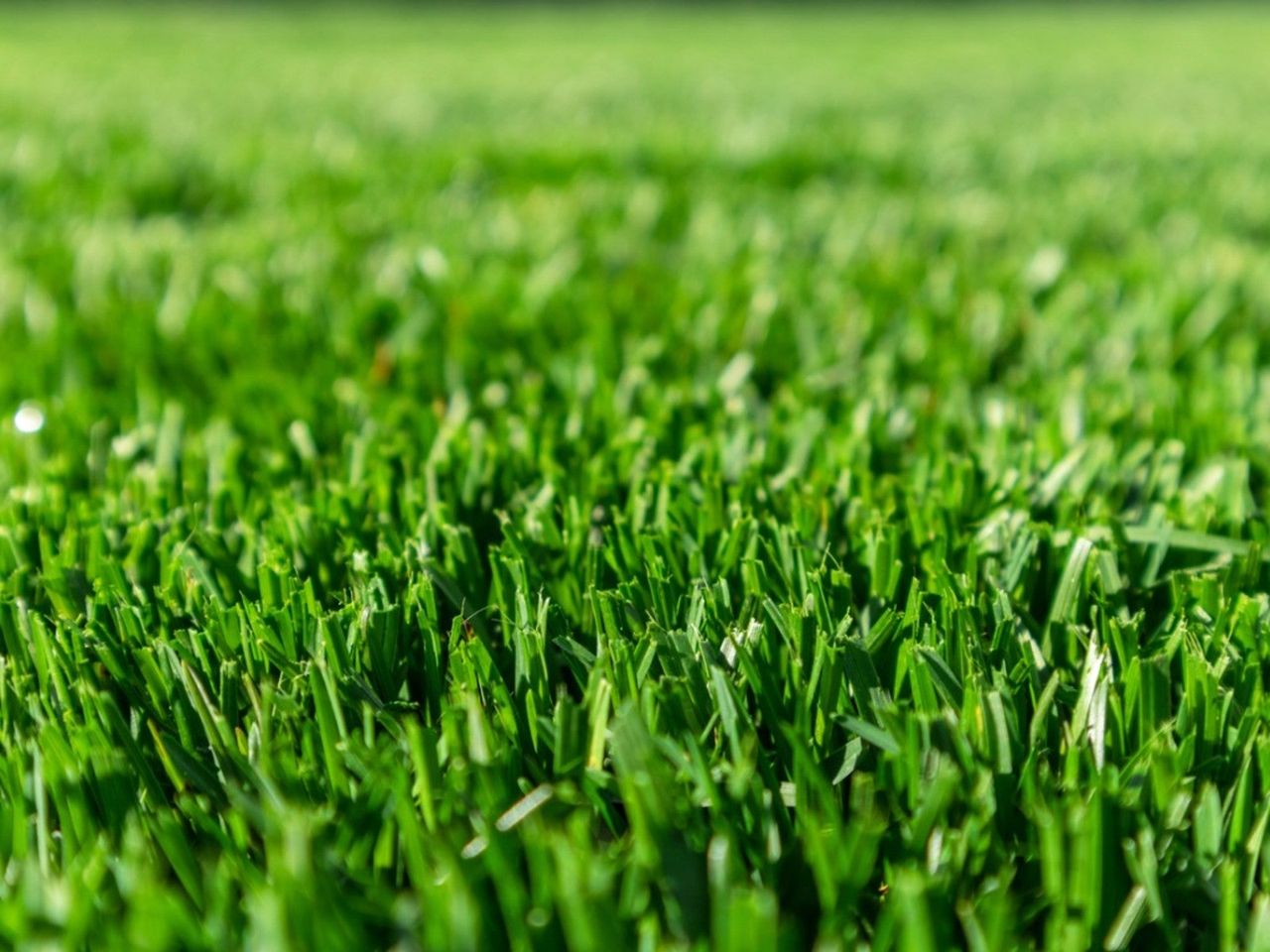Southwest Grass Lawn Care Guide


Our lawns are one of the focal points of the home. Turf grass maintenance is key to a beautiful, weed free, healthy lawn. And it all starts with selecting the best grass for southwest regions. Proper varieties will be adapted to the zones, require less care, and are bred to thrive in the area's weather. Once the correct variety is installed, a few basic tips and tricks on maintenance can keep it verdant and thriving.
Achieving a bowling green of emerald grass doesn't have to be a pipe dream. Aeration, de-thatching, fertilization, weed control, and mowing are all part of good grass management. The southwest poses challenges due to the very hot days, cool nights, and lack of natural precipitation. A variety of grass, irrigation, and fall and spring applications will help the homeowner towards the goal of lush landscape. Lawn care in Utah and surrounding states relies upon a planned maintenance program for best results.
Mechanical Lawn Care Utah and Similar States
In the arid regions of the southwest, grasses are slow to grow unless adequate irrigation is applied. The best lawn grass for New Mexico may not be the best for Utah, so check with your extension office for suggested varieties. Buffalograss and blue grama are ideal for low water areas, but zoysia grass, Kentucky bluegrass, Bermudagrass, and perennial ryegrass are excellent varieties for the home landscape.
Mowing is one of the most essential parts of lawn care. Each type grows at a different rate, so it will vary as to when it is time to mow. The rule with any plant is to never take off more than 1/3 of the growth. Make sure the mower has a sharp, clean blade to prevent injury to the grass and make sharp cuts, Mow to a height of 2-4 inches (5-10 cm.). This is a bit high for some gardeners but taller grass promotes deeper roots which helps the plants harvest deeper water sources. Overall this produces a healthier, greener lawn. If the lawn is mowed frequently enough, the clippings should be allowed to drop into the lawn. This mulched material will add nutrients back into the soil and prevent excess evaporation of moisture.
Aerating and De-thatching
Arizona lawn care tips apply to much of the region. Wondering when to aerate a lawn in Colorado and the southwest? Aeration can open the soil and help plant roots access moisture and nutrients more effectively. It removes some of the thatch that builds up over time, which is comprised of dead and live roots, rhizomes, and stolon, as well as excess clippings.
Aerating cool season grass is usually done in spring as the lawn begins to actively return to rapid growth. Warm season grasses may be done in summer. Heavily trafficked areas may require aeration twice a year. A little thatch is a good thing because it conserves moisture and protects roots. But a heavy thatch will smother the grass and diminish beneficial organisms. De-thatching is similar and may be done with a hard rake or thatching machine at any time of the year.
Fertilizing and Water
The best use of water is through an installed irrigation system, but overhead sprinklers may be used. Watering in the early morning helps to reduce evaporation and water loss. It also allows leaf blades to dry, minimizing the chance of fungal disease. Using timers is recommended so the water can start when it is still dark and turn off in a prescribed amount of time.
Gardening tips, videos, info and more delivered right to your inbox!
Sign up for the Gardening Know How newsletter today and receive a free copy of our e-book "How to Grow Delicious Tomatoes".
Each variety of grass has different water needs, but on average provide 1 to 1-1/2 inches (2.5 to 3.8 cm.) of water per week. Apply fertilizer in fall and spring. If clippings are left on the lawn to compost, use a balanced fertilizer. For lawns that do not receive clippings, nitrogen will be the highest nutrient need. Consider using a time-release food that will not produce excess nitrogen. Too much nitrogen can encourage certain plant diseases.

Bonnie Grant is a professional landscaper with a Certification in Urban Gardening. She has been gardening and writing for 15 years. A former professional chef, she has a passion for edible landscaping.